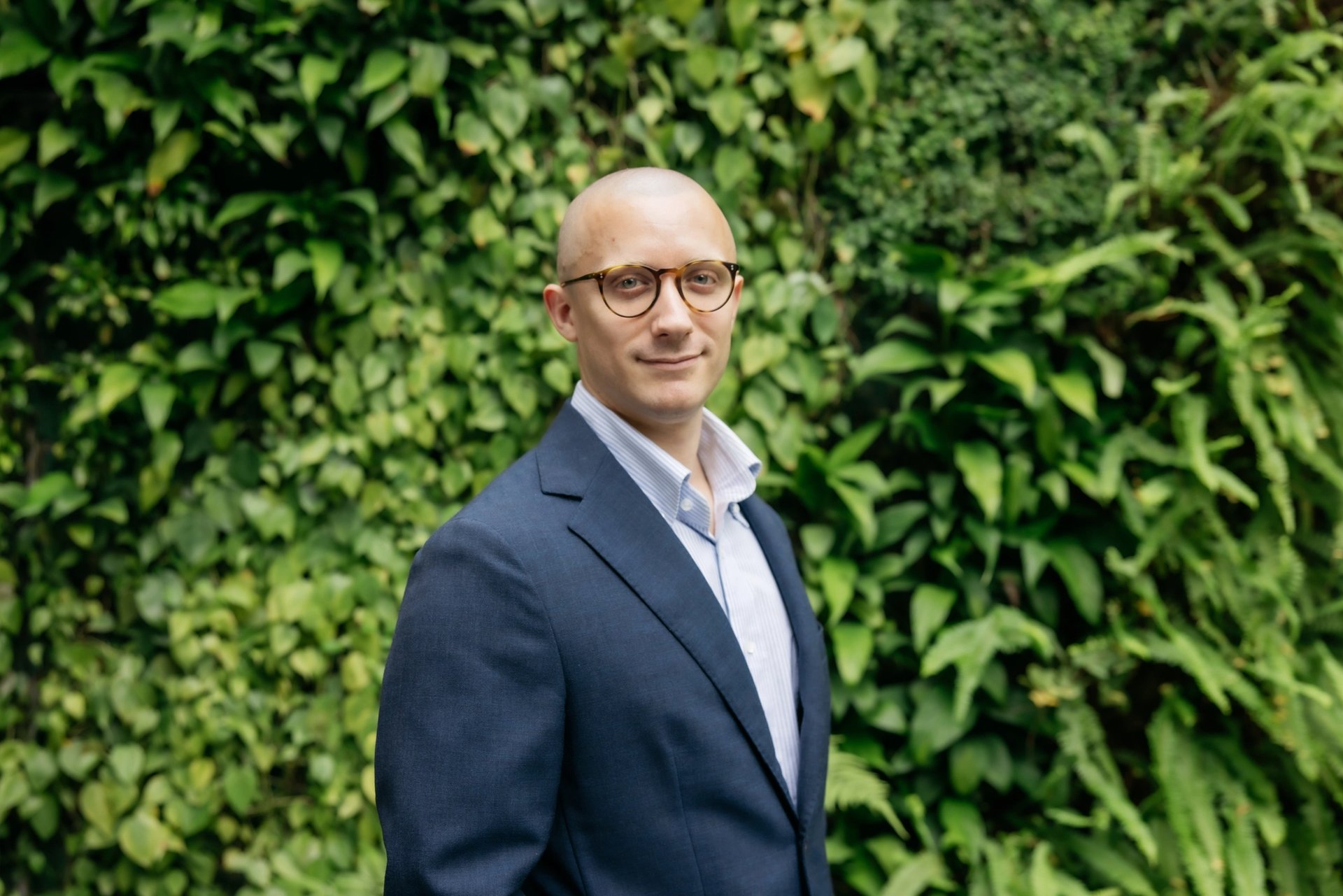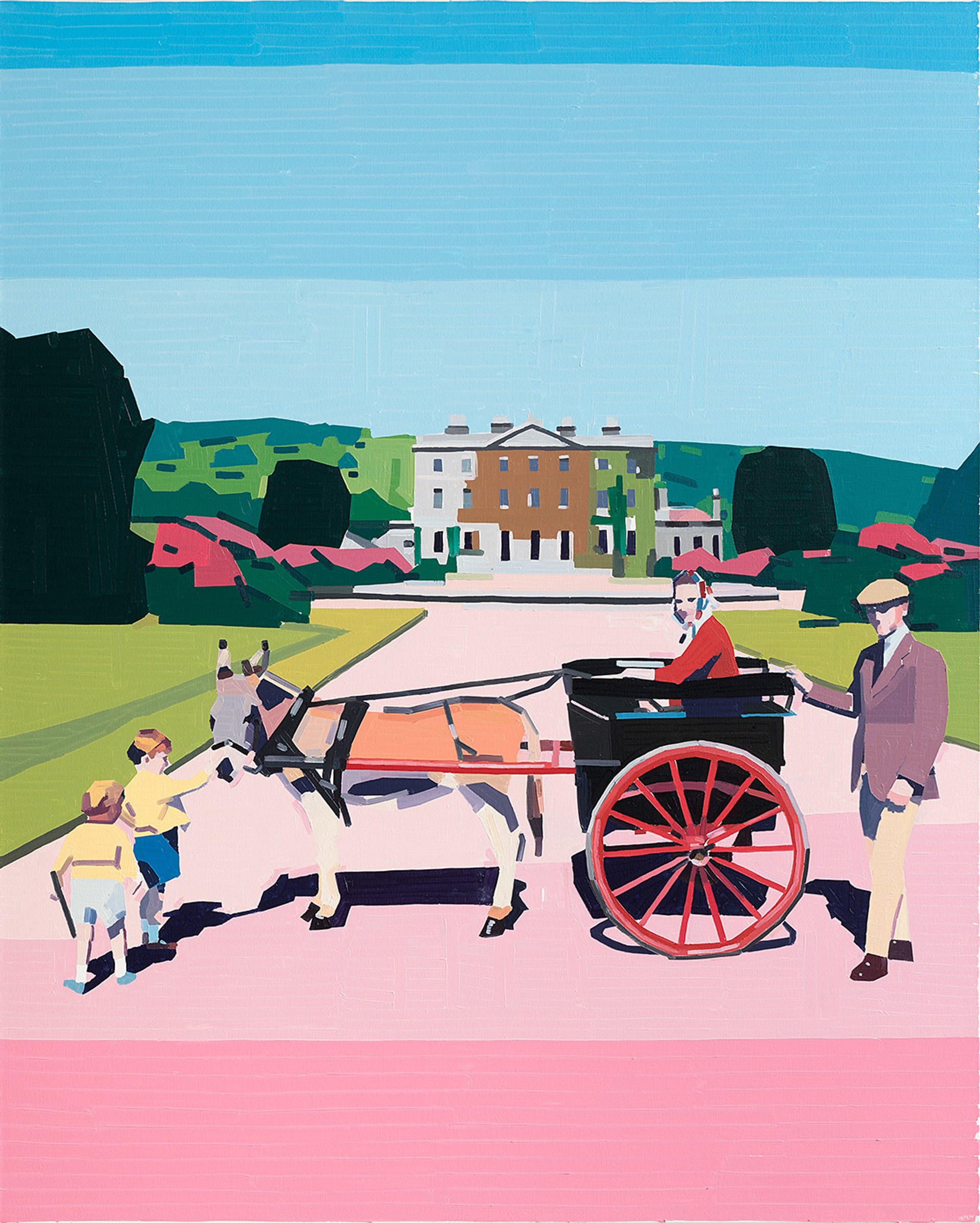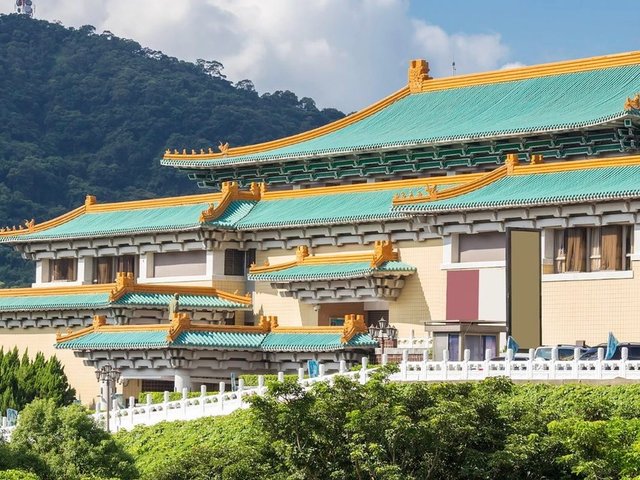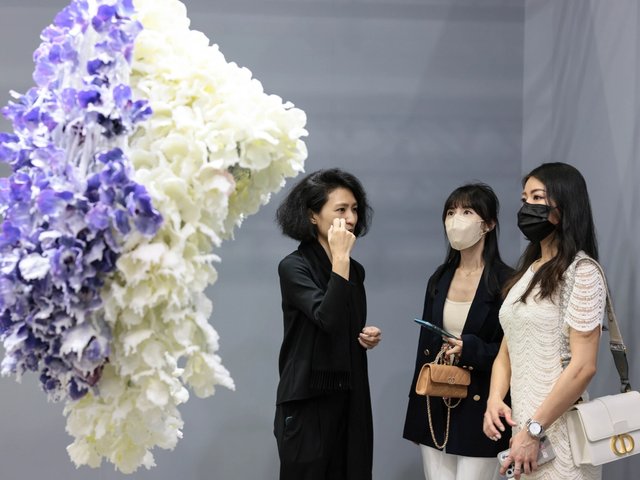“We actually have more Chinese galleries this year than ever before,” says Robin Peckham, the co-director of Taipei Dangdai Art & Ideas contemporary and Modern art fair, highlighting how the fourth edition launching this week (12-14 May) includes 14 galleries that operate a space in mainland China, with Spurs Gallery of Beijing among the cohort.
“The fair has worked with the [Taiwanese] Ministry of Culture to obtain visas for staff from all participating galleries who have requested it,” Peckham adds. But he stresses that Taipei Dangdai has never been a government fair. “That's maybe our main point of difference with Art Taipei [held in October], the longstanding fair run by the Gallery Association that technically reports to the Ministry of Culture.”
As the art fair circuit recalibrates post-pandemic, Taipei Dangdai strives to be a major event in the region. “I would say that Taiwan has remained, if not in pole position across Asia, at least somewhere very close. Our thesis behind Taipei Dangdai was based on the idea that the volume [of visitors] going through Hong Kong was too much, and we needed to give galleries an opportunity to come and speak to people [here] in a more fine-tuned kind of way,” Peckham says.

Robin Peckham
The quota of Asian galleries is around 70% (the criteria is galleries must have a space in the Asia Pacific region). “Our selection committee has shifted. It’s a two-year process; some people come in, some people leave it. This year's committee and last year's committee were interested in quality above all else,” Peckham adds.
The fair management is also moving forward with new appointments. Craig Brown, the former fair director for the now defunct Masterpiece London fair, has been appointed to the newly created position of gallery relations (US & Europe) at The Art Assembly, a conglomerate of major international art fairs comprising Taipei Dangdai, India Art Fair, and Sydney Contemporary, among other events.
So who will come to see the 90 galleries, including 30 first-time participants such as Ben Brown Fine Arts of London and Nino Mier Gallery of Brussels? (Blue-chip big-hitters such as Gagosian and David Zwirner are returning).
“In terms of who's flying in and attending, it's probably 80% or more Taiwanese, from across all of Taiwan," Peckham says. "The remaining 20% comes from a mix of Japan, Korea, Southeast Asia, and Hong Kong. We're getting really positive signals from Japan. We have a great group that always comes from Korea.” Those parties tend to be museum-led groups, Peckham adds: “The Chinese diaspora is [also] large and complex, and there are a lot of people, some tied either to Taiwan by a family or to Taiwan by a business, who might be ethnically Chinese.”

Guy Yanai's Old Family (2023)
Courtesy of Asia Art Center
Crucially, Taiwanese collectors are among the most dedicated in the region but this collector base is also transforming. “We've all kind of changed and grown in different ways. And I think Taiwan is no exception post pandemic. It’s the next generation who are pushing ahead,” Peckham says.
“The Taiwanese are very specific about what they want from the Western galleries, too, and the access that's possible is so important; for instance, they may want to see a certain young painter or [works by] a certain deceased artist,” he adds. Stems Gallery of Paris is due to show works by the Philadelphia-based artist Paul Rouphail while Lehmann Maupin of New York will show a “site-specific, domestic environment” by the Austrian artist Erwin Wurm.
Fairs must also run engaging and relevant public programmes; a key strand of Taipei Dangdai is the Ideas Forum, a curatorial summit which focuses this year on the theme of The Extraterritorial, discussing “region, place and cultural belonging”.
Peckham says: “We have 16 important international curators linked to Asia, based across all of our core territories, so Hong Kong, China, Japan, Korea. And we've basically offered them a very open invitation where we want them to come and present their research to each other at the fair.” They will visit new institutions that have opened in the last few years during the pandemic, view alternative spaces and artist studios, and “really just to get a feel for what's happened in Taiwan in the last few years when everyone's been away”, Peckham adds.
“If Taipei is to become a fixture in the calendar, it needs to be important for galleries but equally a place where curators are going to come and talk to each other.”





